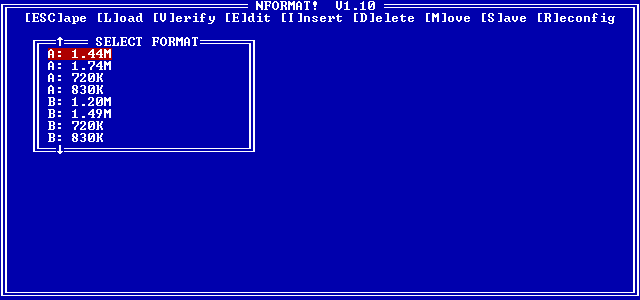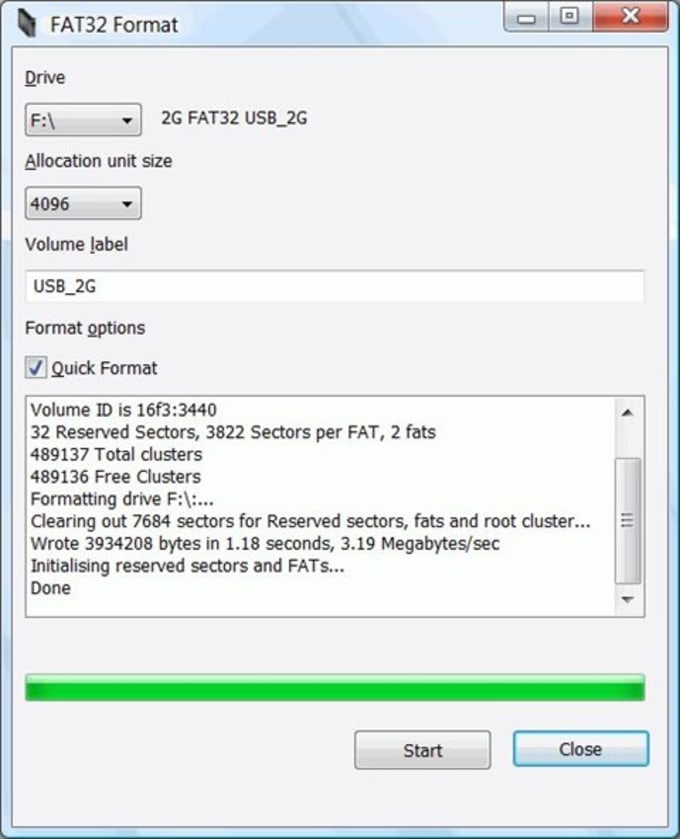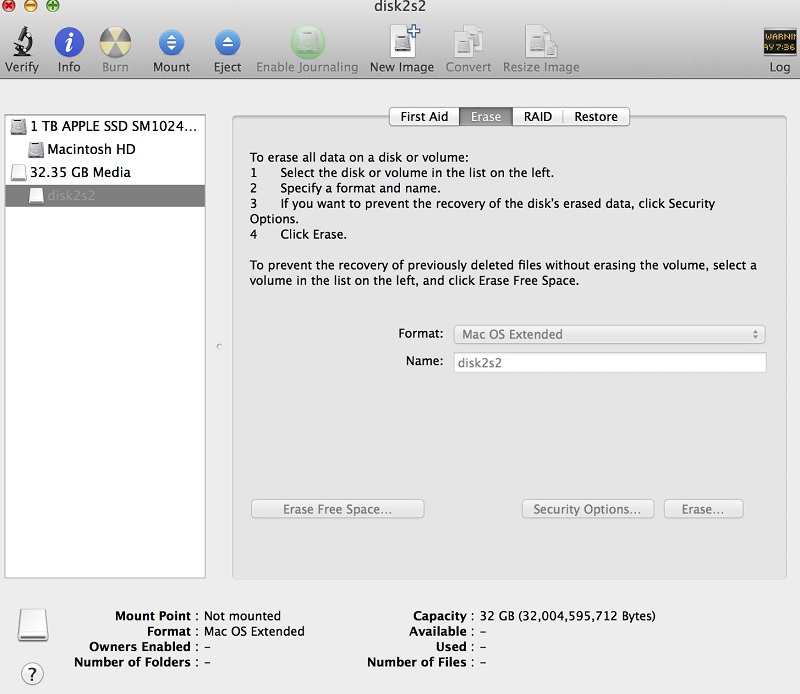

creating a raw floppy where you can put your stuff dd if=/dev/zero of=floppy.raw bs=1440k count=1 status=progress or dd if=/dev/zero of=floppy.raw bs=2880k count=1 status=progress where typical hardware limits would be 1474560 to max 2949120 bytes from a classic CP/M to an enhanced double-density floppy it is also possible to retrieveparticular sectors (like boot sector) from your disks. Including CP/M formats and COPYQM extended formats. I made myself SEVERAL SAVINGS from old stuff this way. Fire your preferred DOS or winXXX under QEMU and directly handle you image just like it would. It can boot reformat and make **ANYTHING** just as a regular floppy the hardware is just brilliant emulated. Get yourself a fully functional QEMU distro with floppy base raw images available floppy imgs are regular images defined under QEMU settings. Is my floppy drive the problem here? Or should I use another utility to save the contents?Īctually i made a review of (now defunct) SYDEX tools. Unfortunately, I couldn't get the software and/or my floppy drive to work with these disks. Using a Windows XP virtual machine and a USB floppy drive, I attempted to read the disks again. Turns out Keysight still provides the MS-DOS LIFUTIL software for working with LIF disks (see Lifarc.zip attachment). Surprisingly, the disks could be read and the contents looked to be okay! Now knowing that the disks are good, and actually have useful contents, I looked online for some software to create an image of the disks. I then connected to the instrument over the network and attempted to read the contents of the disks. With the above in mind, I fired up my HP 89410A VSA, which has a floppy drive and FTP connectivity. I then remembered that HP liked to use LIF rather than the more popular DOS format. I quicky realized Windows can't read them. At first, I naively attempted to use my Windows PC to read the disks with a USB floppy drive.

Since I don't have a 163xx logic analyzer I really don't know what to do with these disks however, my inner archivist would like to back these up so someone else can have access to these likely hard to find files. Around the late eighties to early nineties, the 8175A and 163xx logic analyzers were paired together as a "stimulus-response" system (for details, see pg 6 of the attached datasheet). These inverse assembler files are for the 68xx, 680xx, 80xx, 80xxx microprocessors common in older electronics.

I recently acquired a HP 8175A "digital signal generator" which came with two floppy disks that have inverse assembler files for the HP 1630G and 1631D logic analyzers.


 0 kommentar(er)
0 kommentar(er)
